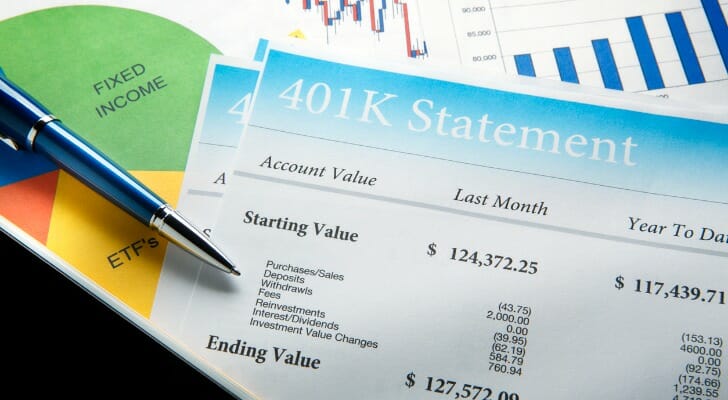 Fees are eating away at Americans’ retirement savings. And they’re woefully ignorant about this occurrence.
Fees are eating away at Americans’ retirement savings. And they’re woefully ignorant about this occurrence.
That’s according to a study from the Government Accountability Office (GAO), which found that nearly 40% of 401(k) plan participants don’t understand the fees they are paying and 41% don’t even think they’re paying any fees at all. To remedy the lack of investor understanding about fees, GAO offered five concrete commendations for the Department of Labor (DOL) to implement better 401(k) fee disclosure rules.
A financial advisor can help you assess and mitigate fees in all your tax-advantaged plans.
Plan participants pay multiple fees that generally fall under two categories: administrative fees and investment-related fees. These fees can be assessed as a flat dollar amount or as a percentage of assets and can be paid by the plan participant, by the plan sponsor or a combination of the two.
Administrative fees can cover services such as record-keeping for the plan and communications with participants and individual fees, for example, for processing a participant loan or distribution. Investment-related fees, such as sales loads, are associated with buying, selling and managing investments, but they can also include embedded costs of plan administration. Expense ratios are typically the largest investment-related fees a participant will pay.
The Problem
Unfortunately, there’s a gap between what investors understand about fees and what investors pay in fees, according to the newly recently released survey GAO conducted from February 2019 through July 2021. The initiative comes amid a secular industry trend toward lower fees. GAO assessed participants’ understanding of samples from several large plans’ fee disclosures and other information about fees and asked general knowledge questions about fees. For example, GAO found that 45% of participants are not able to use the information given in disclosures to determine the cost of their investment fee. Additionally, 41% of participants incorrectly believe that they do not pay any 401(k) plan fees.
The GAO, which isn’t the first organization to have documented retail investor ignorance about fees, found that almost 40% of 401(k) plan participants don’t fully understand and have difficulty using the fee information the DOL requires plans to provide to participants in fee disclosures.
That’s a potential problem, because even seemingly small fees can significantly reduce participants’ retirement savings over time.
The Solutions
To fix the problem the GAO issued five recommendations for the DOL’s Employee Benefits Security Administration, including to require, “in a manner deemed effective,” that participants have investment options’ fee benchmarks (to assess what’s normal and what might be excessive) and available ticker information. As of end August 2021, the DOL had neither agreed nor disagreed with the following recommendations:
- Use a consistent term for fees.
- Provide participants with quarterly fee disclosures of the actual cost of fees paid.
- Take steps to provide participants information about the cumulative effect of fees on savings over time. For example, steps could include ensuring disclosures cite a working, specific DOL web address for where such information is shown and requiring that fee disclosures include the agency’s graphic illustration on the cumulative effect of fees.
- Ensure that disclosures include fee benchmarks for in-plan investment options.
- Include in disclosures ticker information for in-plan investment options, when available.
The Bottom Line
 Participants in 401(k) plans need to understand the administrative and investment-related fees for these tax-advantaged plans. The GAO recommendations for new Labor Department regulations about disclosures could give greater clarity to retail investors building up a retirement nest egg.
Participants in 401(k) plans need to understand the administrative and investment-related fees for these tax-advantaged plans. The GAO recommendations for new Labor Department regulations about disclosures could give greater clarity to retail investors building up a retirement nest egg.
Tips for Investing
- Savings for retirement requires lots of financial planning. There are many considerations that go into how you build your finances for your golden years. If you find yourself overwhelmed at the prospect of dealing with this, perhaps partnering with a financial advisor could help. The SmartAsset financial advisor matching tool will pair you with up to three local advisors based on your answers to a short questionnaire about your personal financial situation.
- Don’t forget to integrate Social Security payments into your retirement plans. While they may not have a monumental effect on your finances in retirement, they can provide you with some extra cash at a time when you’ll need it most. To gain some insight into what you can expect from this government program, take a look at SmartAsset’s Social Security calculator.
Photo credit: ©iStock.com/DNY59, ©iStock.com/pixelfit, ©iStock.com/Aksana Kavaleuskaya
